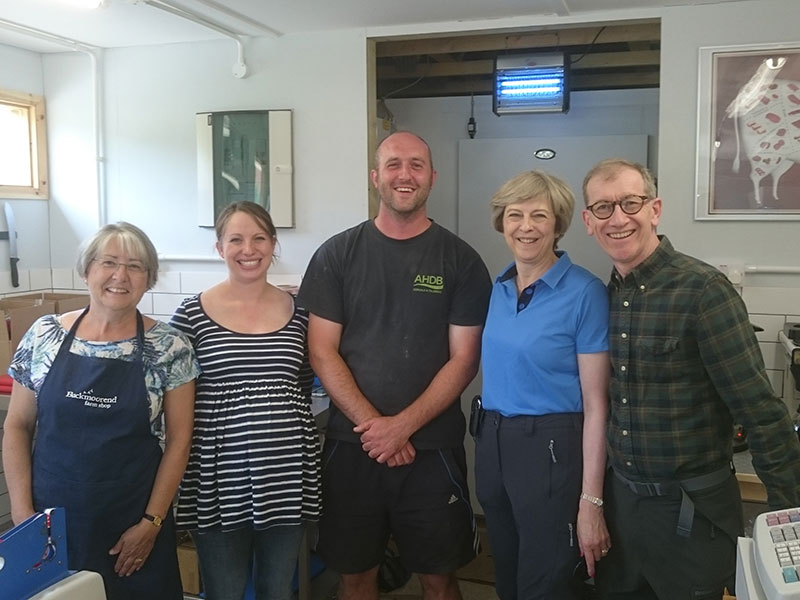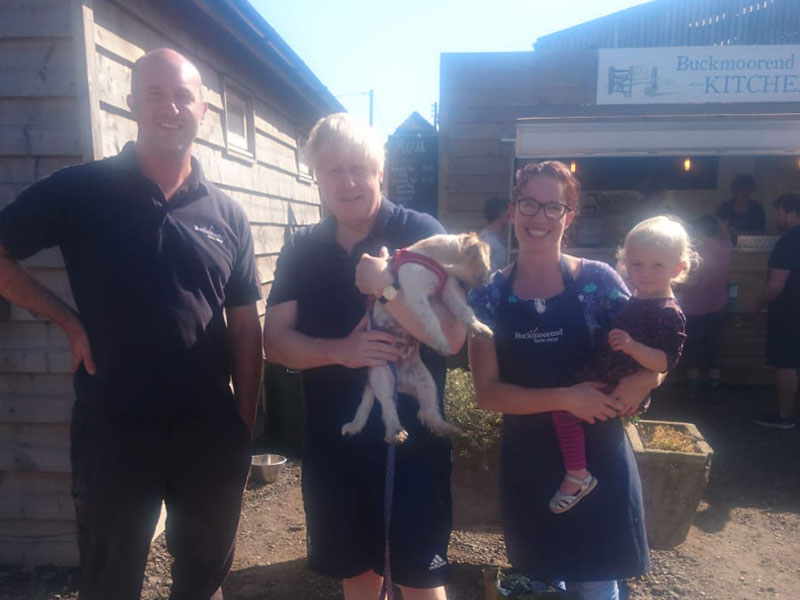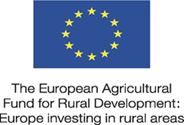Buckmoorend Farm is a small, family run farm surrounded by natural woodland and nestled in the beautiful Chiltern Hills. It is part of the Chequers Estate, and is steeped in history.
Chequers, the official country residence of the serving Prime Minister, is a 16th century Elizabethan country house. It was restored and added to by William Hawtrey in 1565, however the name is even older and possibly derives from a 12th century owner. David Lloyd George had the privilege of being the first PM to make use of the house in the quiet Buckinghamshire countryside, after it was bequeathed to the nation for the purpose it serves today.
‘Future generations of PMs will think with gratitude of the impulse which has thus prompted you so generously to place this beautiful mansion at their disposal‘ Lloyd George to Arthur Lee, September 1917








